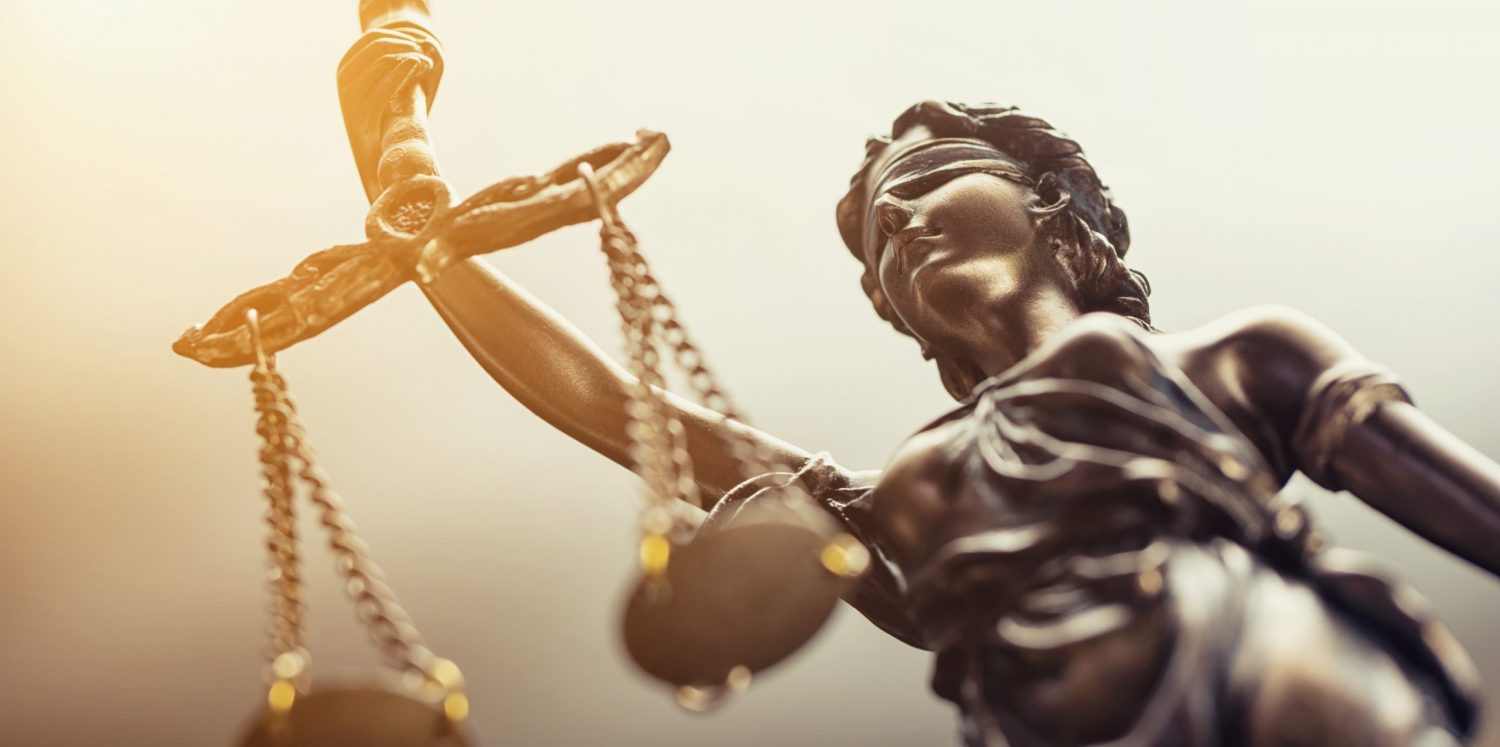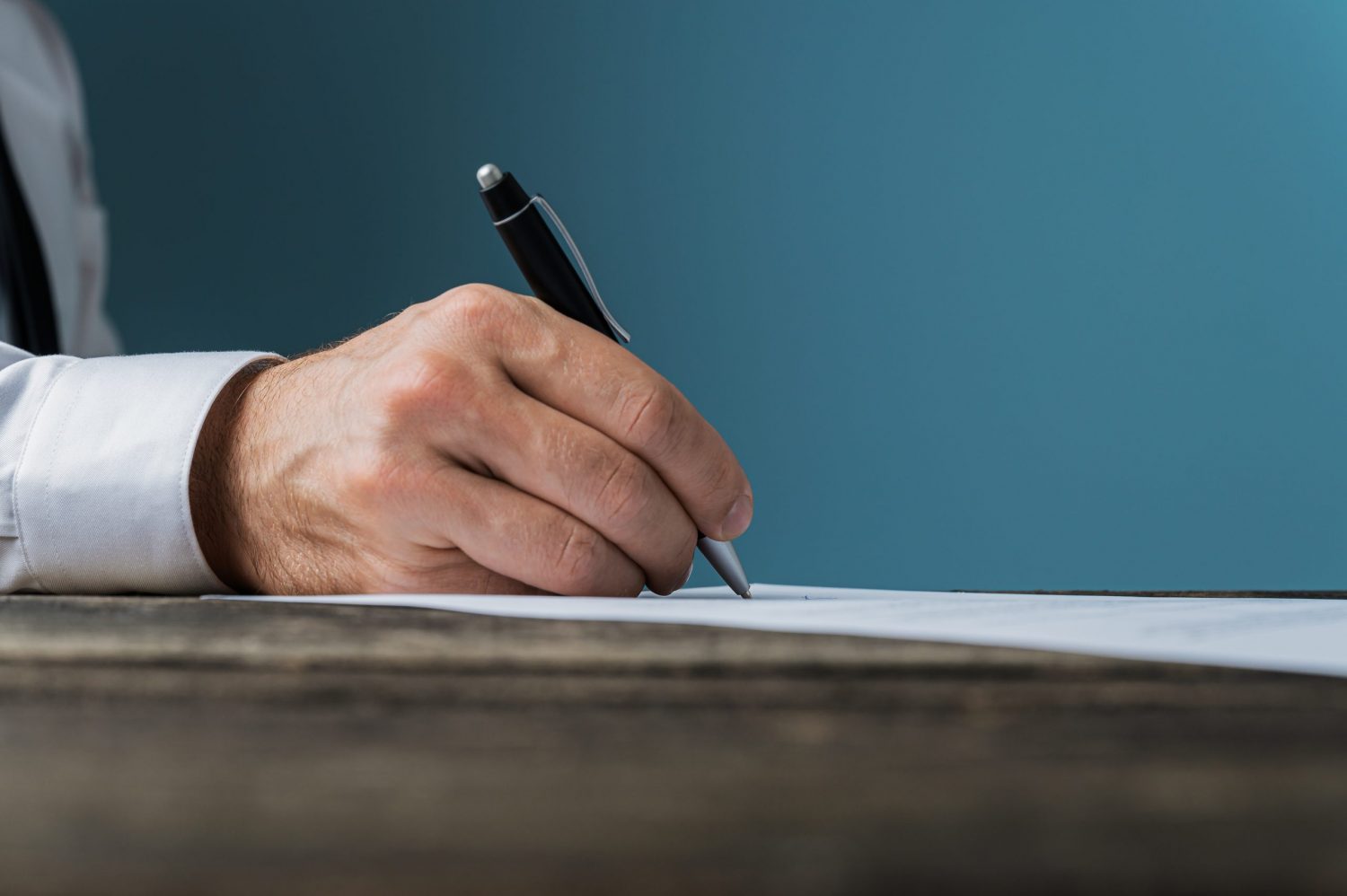Graduating from college with a degree is a huge accomplishment. The combination of personal money, grants or scholarships, and student loans offer this opportunity to many people every year.
Once students graduate college, they work hard to find a great job. Many accomplish this goal; however, life might take an unexpected turn into financial hardship along the way, and it could become difficult for you to pay your student loans while also maintaining a decent standard of living for yourself and your family.
If you struggle to make student loan payments while also paying for basic housing, food, and transportation, you may be eligible for some types of bankruptcy that eliminate your remaining student loan debt. Two types of bankruptcy, Chapter 7 and Chapter 13, can qualify your federal and private student loans to be discharged, so you do not have to pay them.
To receive this form of discharge, you must show that paying these loans causes undue hardship. To prove undue hardship for student loan bankruptcy filings, you must first understand how courts determine this.
How to Prove Undue Hardship for Student Loans
Congress has changed bankruptcy law several times in the past few decades, with the most recent update occurring in 2005 when lawmakers passed the Bankruptcy Abuse Prevention and Consumer Protection Act. This update covers all federal and student loans, mainly requiring specific proof of undue hardship caused by repaying the loan or loans. However, Congress did not define the term undue hardship in the law, which left lower courts to determine which standards to use. 
While different courts use a few different standards to define undue hardship, the main test applied to this determination is the Brunner Test. This uses three points:
- Poverty: You cannot maintain a minimum standard of living for yourself and any dependents with your current income if you are forced to repay your debts.
- Persistence: Financial struggles will continue well after your student loans and other debts are repaid if you are forced to pay them in full.
- Good Faith: You have made good faith efforts to repay your debts, including student loans.
However, the court you file in may use other tests, with the second most common being the Totality of the Circumstances Test. This test examines every possible financial factor in your life to understand your situation and determine if discharging your student loans and other debts can truly improve your circumstances.
Your circumstances can be determined through several different considerations, including:
- Age
- Health
- Job history and current employment
- Current income
- How long you have been paying the loans
- Payment history on the loans
- If you have extenuating personal circumstances, like caring for a sick family member
If you have some specific types of loans, you may be subject to specific tests. For example, the Health Education Assistance Loan (HEAL) requires that you prove the loan became due over seven years ago and that repayment imposes an unconscionable burden on your life rather than an undue hardship.
There are several documents the court will consider to better understand your personal circumstances and how repaying student loans can impact your long-term financial security. One of the biggest considerations is when and how you defaulted on your student loans. If you have not defaulted yet but you struggle to make minimum payments or cannot make full payments, this can be a sign that you are making good faith efforts and simply cannot keep up. However, if you stopped paying your student loans and refused to get in contact with your loan servicer, this will work against you in court.
The minimum standard of living is based on your current income and expenses, the median income and expenses in your area, and how well you can provide for any dependents you have. You have to show that you have tried to increase your income in various ways and that you have tried to reduce your expenditures while paying off your debts, but to no avail.
How Can You Prove Undue Hardship?
Once you find a good bankruptcy lawyer, they will help you gather all the documents you need to make an adversary proceeding in bankruptcy court. After you file this proceeding, you must file documents proving your circumstances, including anything requested to prove undue hardship. You may need to retain an expert to testify regarding your employability if that has been an ongoing problem. 
You must attend each court date. Your creditors will also attend these dates, arguing that there is no undue hardship or finding other ways to argue that you must pay the whole debt.
If you qualify for Chapter 7 bankruptcy, you will need to continue paying your student loan debts if you lose your court case. If you qualify for Chapter 13 bankruptcy, there are other repayment methods you can work out in court with your creditors.
Ultimately, undue hardship is a subjective determination based on your financial information, how many debts you have, and how often you tried repaying before jumping to bankruptcy. A court may think you have been irresponsible, or they may sympathize with your case. It’s preferable to find other methods to repay your loans before filing for bankruptcy, claiming undue hardship with student loans, and hurting your credit with this filing.
Is Bankruptcy Necessary to Discharge Your Student Loans?
As part of good faith efforts, courts look at your student loan repayment history. You should pursue other options for repayment before filing for bankruptcy, including:
- Refinancing or consolidating your loans
- Requesting a deferment or forbearance for up to three years
- Completing a forgiveness program to eliminate some or all of your loans
- Adjusting your payment schedule
- Setting up income-driven repayment plans
Although you may find it necessary to file for bankruptcy due to private student loans, federal student loans make a point of offering several repayment options that ease your burden. This can also add to your stress, however, because your lender may argue in court that there is no reason you cannot repay the loan eventually.
For example, if you set up income-driven repayments and technically pay nothing each month, then there is no real hardship; however, you still have debts looming that you cannot repay. Few people qualify for income-driven repayment plans leading to paying nothing each month.
The court is more likely to decide to discharge part of your student loans rather than the whole thing. This will be based in part on defining undue hardship for you.
Filing for bankruptcy means you have no credit, which will look bad to future lenders. But for those in desperate need, proving undue hardship for student loans means they can free themselves of financial pressure. It is important to have access to bankruptcy filings to eliminate debt, but it should be a last resort.

